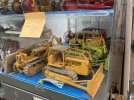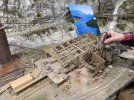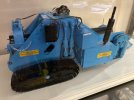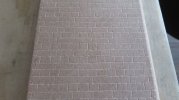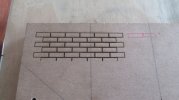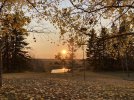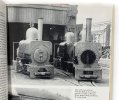Peter Insole
Western Thunderer
I have just had another look at my reference, and there is an 1891 image of "Wasp", new and in photographic grey - in original condition, albeit with motion guards! Another image of her 1891 built sister, "Fly" in a similar photographic grey shows it in modified form with saddle tank, and that image can be positively dated to 1902. With that information in mind, plus the surviving drawing date of 1899, I suspect the previous assumption that it was only "Mouse", "Midget" and "Bee" that were built in the later form, while the five earlier engines were modified on an ad-hoc basis from 1899 onwards?!
It is so frustrating that as far as I am aware, not one single photograph has come to light of any of those earlier engines operating in completely original condition! Particularly galling as the LYR do not appear to have ever been shy in the publicity department!
Pete.
It is so frustrating that as far as I am aware, not one single photograph has come to light of any of those earlier engines operating in completely original condition! Particularly galling as the LYR do not appear to have ever been shy in the publicity department!
Pete.

